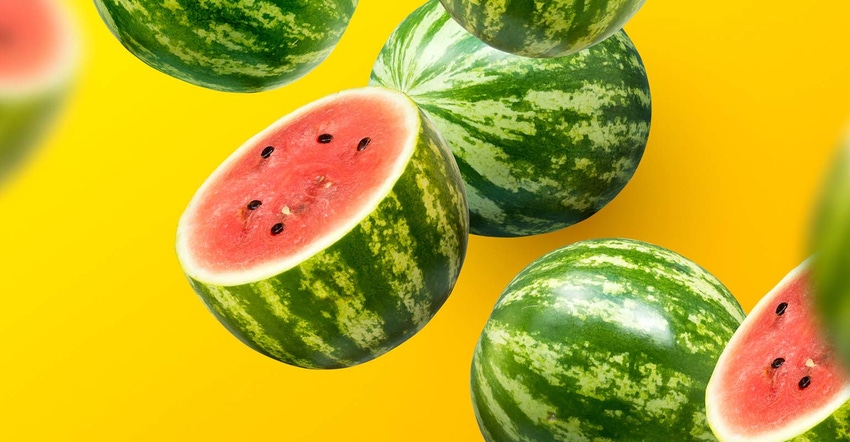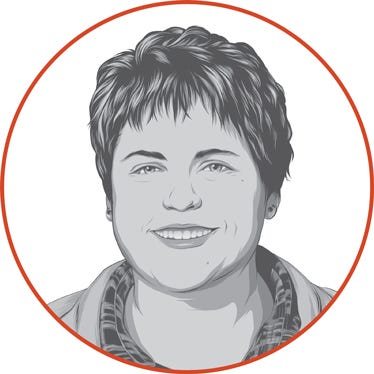
Many years ago, a man came to our town peddling watermelons at the local sale barn. He had traveled from Sikeston, Mo., and hoped to make lots of money selling his produce.
He and my grandpa struck up a conversation. It turned out that the watermelon sales weren’t as profitable as first thought. According to the story, the man bought them for $1 per batch, but sold them for 75 cents. My grandpa asked him what he was going to do, and the man replied, “I’m going to buy a bigger truck.”
This is only one of the stories that has been passed down to my generation. As I reflect on 2017 and focus on 2018, I can’t help but remember this story. On our farm, we have doubled our capacity of cattle fed in the past two years. We did this not by building more facilities but instead by changing our strategy to increase the number of head through our pens. We used to background and finish cattle on-site, but now we background in Illinois and ship them to Kansas for custom finishing.
As I look at our cattle feeding strategy for 2018, I analyze this decision and calculate if it in fact was profitable to double our cattle numbers.
I apply the watermelon story to our feedlot operations, but the story is related to many areas of production agriculture.
There are two inherent problems with the watermelon story. First, why would the peddler buy watermelon and sell it for less than the purchase price? He apparently didn’t understand the costs associated with peddling watermelons, like how we may not know exact costs of raising a bushel of corn.
On the other hand, maybe the peddler thought that the market price would be higher in our town. Maybe he bought the watermelons at a time when supply was short and sold them when the market was saturated with local supply. It’s not like he could have forward-sold them on a futures market. On our farm, I’ve forward-sold grain for a profit and sold at harvest with an embarrassingly wide basis. The lesson is to understand costs per unit sold and sell when profits are available.
More melons
The second problem is that the man tried to fix the problem of buying watermelons too high and selling too cheap by increasing the amount of melons sold. It didn’t matter if he was selling one or a million watermelons, he would still lose money. The peddler’s solution was to buy a bigger truck to haul more produce. A bigger truck would lead to more sales and he’d make money, or so he thought.
A bigger truck was an impulsive expansion to the peddler’s problem. The lesson here is to make calculated and not impulsive expansions. On our farm, we increased cattle numbers and thus increased revenue. Bigger revenue is fine, but it’s important to look at the profit margins per head.
If we can both sustain profit margins per head and double the number of head fed, that’s a win. If we end up making the same total cattle profits as two years ago, we need to rethink our system. Unlike the peddler, I have resources to lock in costs and sales to protect small profit margins.
In farming, we can be guilty of saying that getting bigger is the answer to our problems. If we just had that 80 acres next to us, or fed more cattle, or raised more bushels, then we’d make more money. As eternal optimists, we can also plant a crop when it’s not profitable and hope to sell when profits are presented. As many farmers have found, big yields don’t necessarily mean big profits. The secret is to produce yields that sustain profits.
Profit is the name of the game, and it’s not always easy.
Cox farms with her father, Ethan, in White Hall, Ill.
The opinions of the author are not necessarily those of Farm Futures or Farm Progress.
About the Author(s)
You May Also Like






